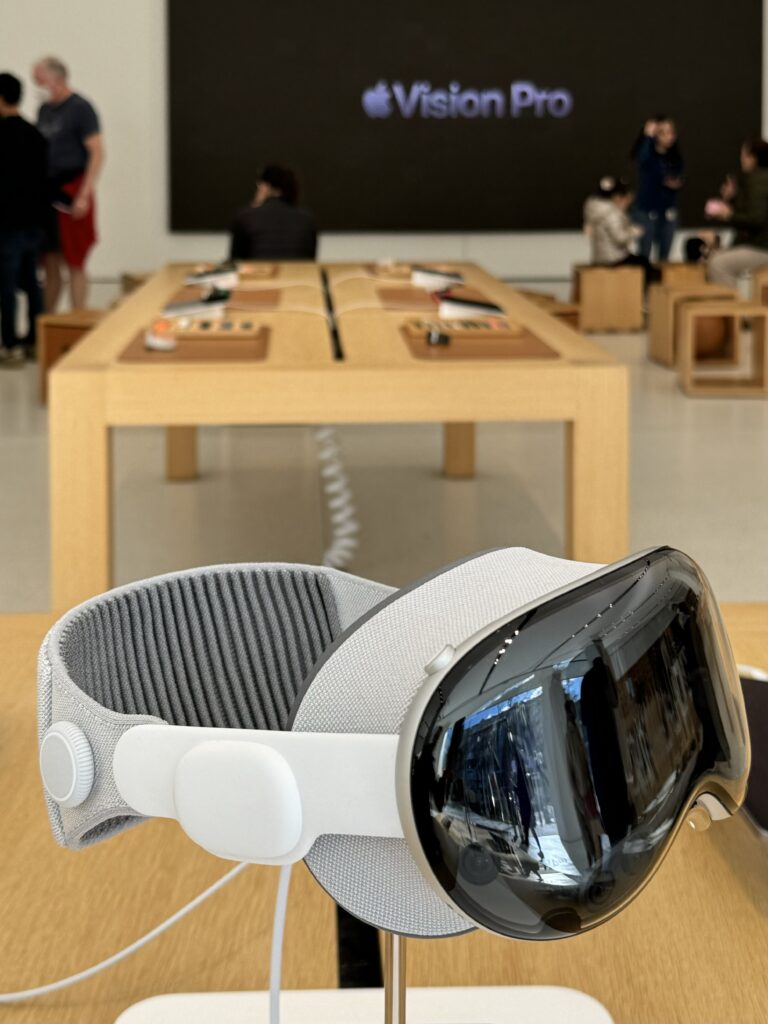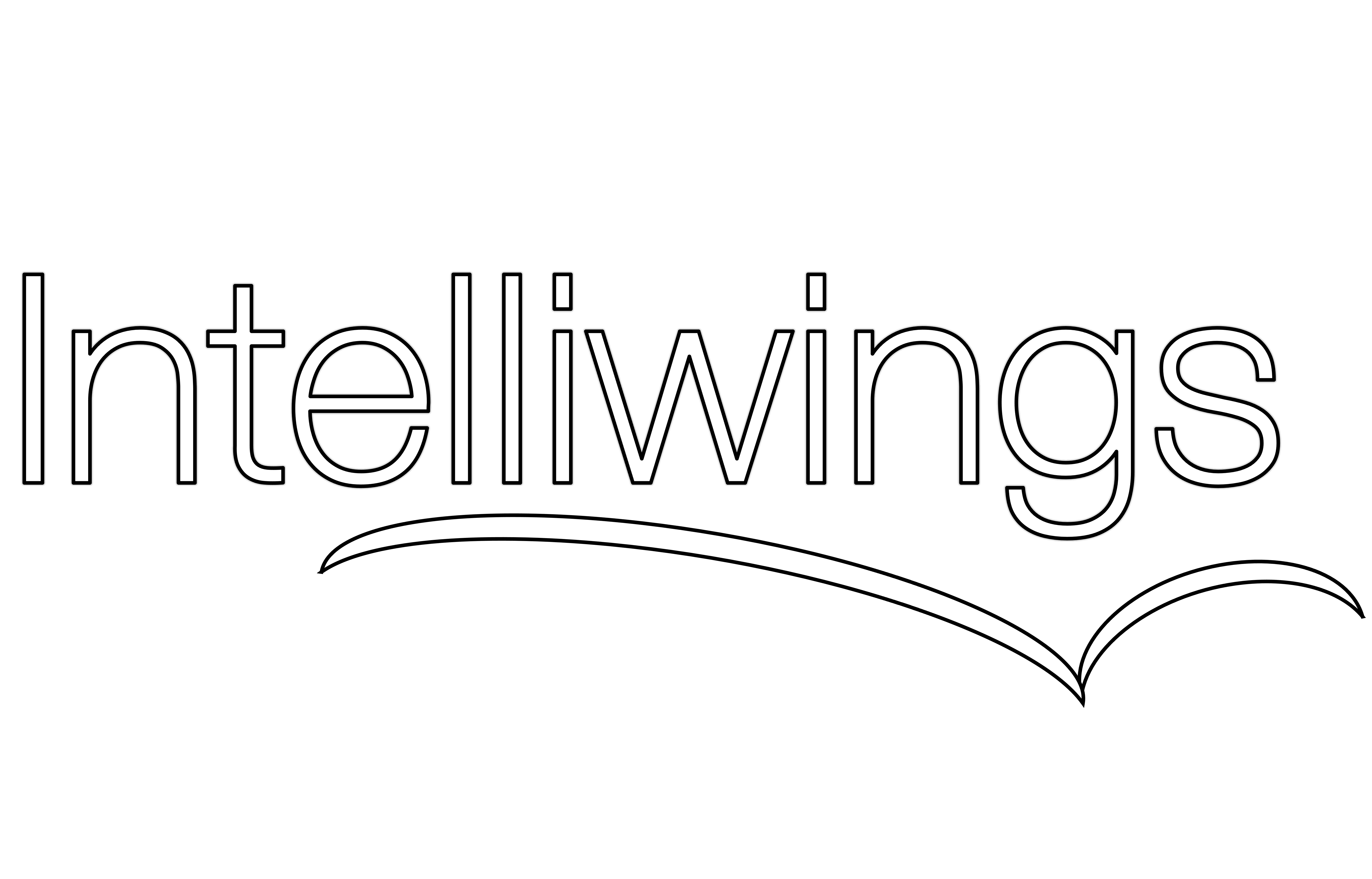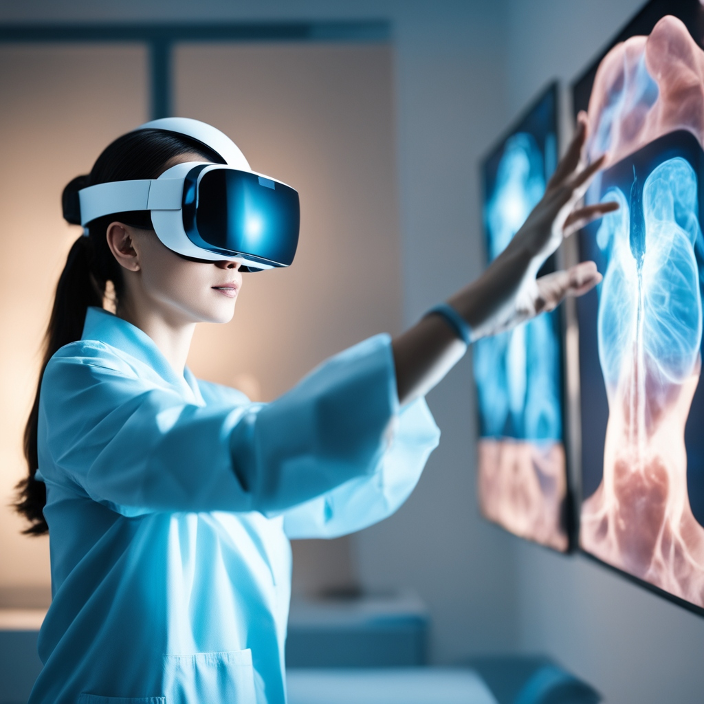Pioneering Advances on the Virtual Reality Frontier
| By Han Tran |
From Basic Beginnings to High-Tech Empowerment
Virtual Reality (VR) is fast becoming a game changer in a wide variety of fields such as in industry, healthcare, education, and art as organizations explore how to blend their real and virtual worlds’ operations. From its first rudimentary applications following its invention in 1968 by Ivan Sutherland and Bob Sproull, VR has evolved into a powerful tool for brands to enhance their marketing strategies, customer services, and user interactions, especially in branding and improving customer experience through VR platforms such as Meta’s Metaverse.
New Technology Spurs New Marketing
As companies delve deeper into VR, leaders like Nike are pushing boundaries, introducing cutting-edge projects such as Swoosh, which taps into the Metaverse. Swoosh enables customers to connect and interact with other users on the platform, giving users the freedom and creative space to customize and trade their virtual items such as shoes, gear, and clothing that are wearable virtually. Swoosh members can also unlock exclusive access to physical products in real life. Nike’s VR initiative not only results in marketing value for the brand but also enhances customer engagement in the virtual marketplace, fosters innovation through new designs and customizations, and provides insightful marketing data from tracking customers’ behaviors. Nike Digital’s development has resulted in $185 million in revenues.
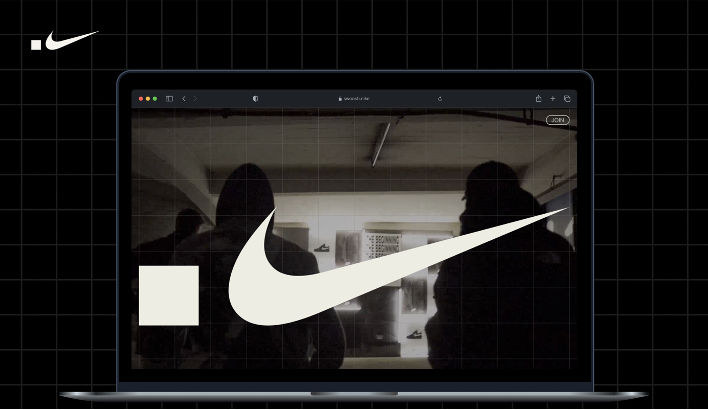
VR in Education: Enhancing Learning Experiences
Beyond the business world, VR is also widely used in the education industry, where it offers hands-on experience and visual learning for students while being cost-effective for institutions and time-efficient for students.
VR has significant benefits in education settings. Virtual field trips offered by platforms like Google Arts and Culture are revolutionizing art and design learning. With thousands of art pieces from renowned museums worldwide available virtually, students can access valuable learning experiences that were previously inaccessible. The 360-degree museum tours further enrich the encounters, allowing people globally to expand their knowledge from the comfort of their screens. From enriching artistic exploration to transforming medical training, VR continues to demonstrate its versatility.
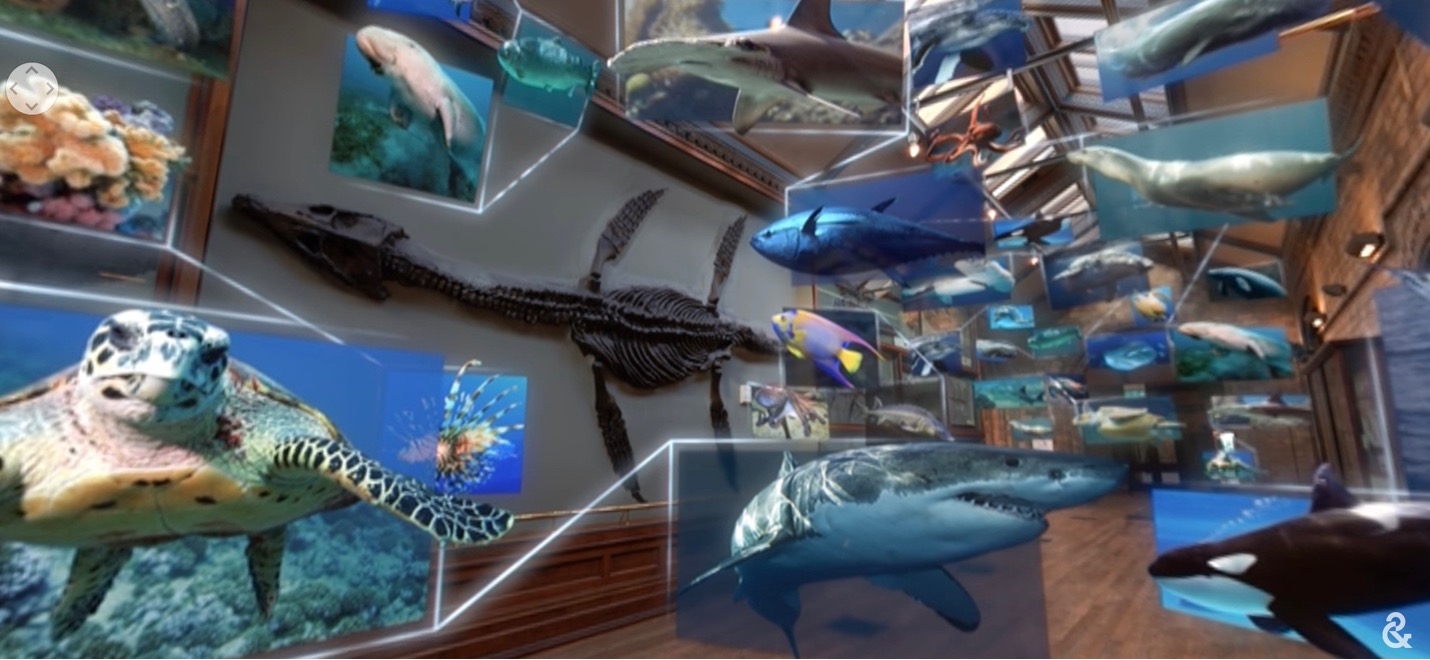
VR in Healthcare: From Medical Education to Medical Treatment
VR is particularly beneficial in medical education, notably in training and medical services. With just headsets and devices, students can gain hands-on experience with 3D models in MRIs or CT scans. This novel approach not only reduces costs for institutions investing in headsets over pricey medical equipment but also saves students time usually spent traveling to access medical tools.
In addition to elevating student performance and experience, VR is revolutionizing healthcare by modernizing medical practices and enhancing patient care. One remarkable breakthrough is the impact of VR on Medical imaging. By upgrading fMRI brain scans to 3D formats, doctors can visualize human anatomy more effectively, gaining deeper insights. Furthermore, this technology facilitates education by providing multi-angle views and precise data for comprehensive analysis of body parts.
Another impactful application of VR in healthcare is pain management and chronic pain reduction. Using VR headsets, patients can immerse themselves in calming natural environments, such as serene landscapes, which facilitate mindfulness through meditation and behavioral therapy. By distracting our brains from pain signals, VR therapy has proven effective in reducing discomfort, and hospitals are already utilizing VR to alleviate pain for patients post-surgery, during cancer treatment, or after suffering burns.
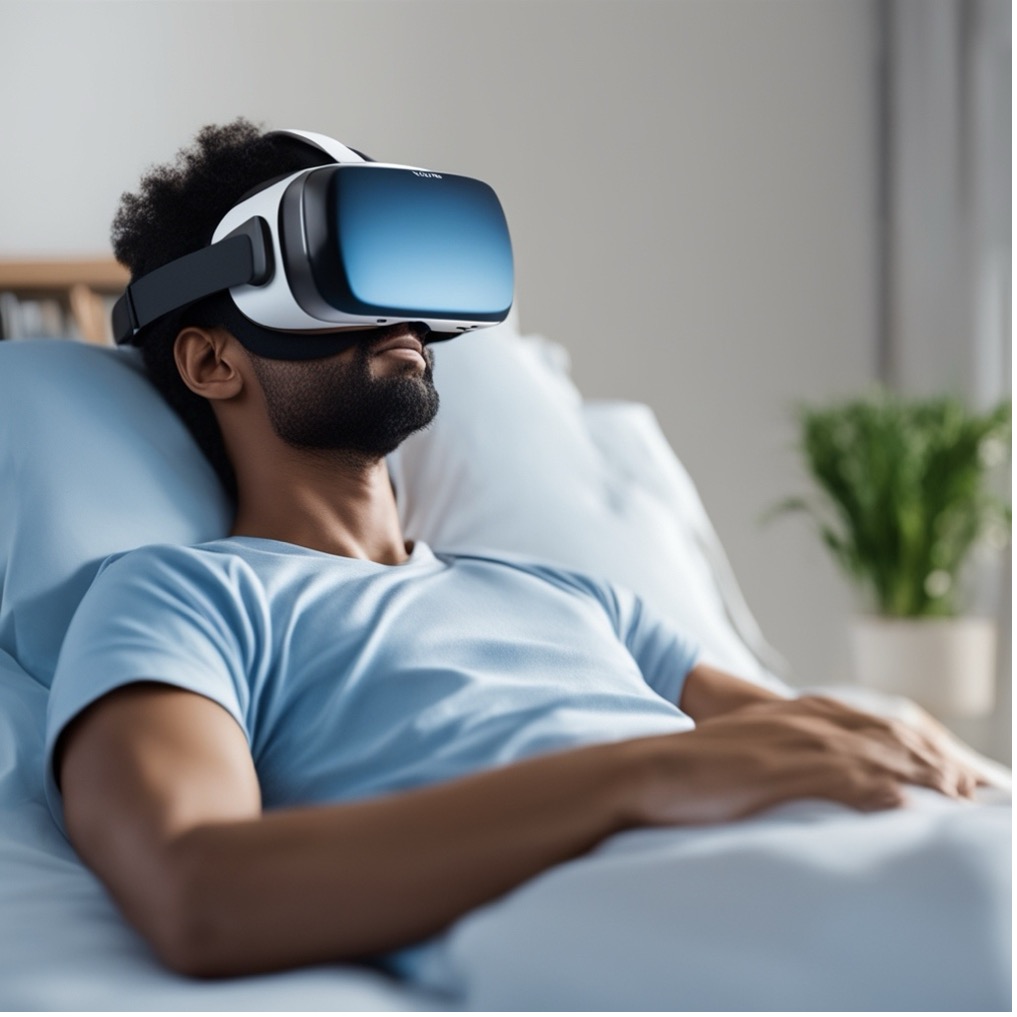
VR and the Future
Virtual Reality has opened doors to incredible opportunities, enhancing various aspects of our lives. From revolutionizing healthcare with advanced imaging and pain relief methods to innovatively enriching medical and art education, VR is making a significant impact. Additionally, its potential in business marketing strategies is undeniable, capturing customer attention through immersive experiences. Lastly, VR offers institutions a time-efficient, hands-on learning experience while being cost-efficient, making it a powerful alternative to traditional marketing and organization processes that will likely see increased adoption of VR in the future.
